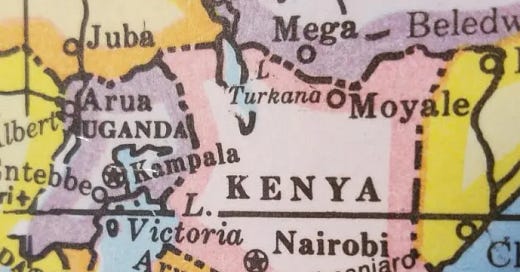According to the World Health Organization, as of the week ending June 1 this year, Kenya had reported a cumulative total of 1,378 visceral leishmaniasis cases. Of these, 1,069 (79.5%) cases were laboratory confirmed, and 46 were associated deaths, resulting in a case fatality rate of 3.3%.
In the most recent week, 10 new cases were recorded in Mandera County.
Cumulatively, cases were reported in the counties of Wajir (957 cases, 38 deaths), Marsabit (347 cases, 5 deaths), Mandera (65 cases, 1 death), and Samburu (9 cases, 2 deaths). Wajir county accounted for 69.4% (n=957) of total cases and 82.6% (n= 38) of all reported deaths.
Chikungunya outbreak in Mombasa County, Kenya
Officials say data suggests that Kenya may be entering a phase of reduced transmission, although localized surges could persist, as seen in new cases reported in Mandera County; however, the observed decline in cases should be interpreted cautiously, as it may not indicate an absolute decrease but rather a reflection of reporting delays from some counties.
Parasitology: Blood & Tissue Flagellates
Visceral leishmaniasis, the most severe form of leishmaniasis also known as kala-azar, is a life-threatening disease caused by Leishmania parasites which are transmitted by female sandflies. Visceral leishmaniasis causes fever, weight loss, spleen and liver enlargement, and, if not treated, death.





